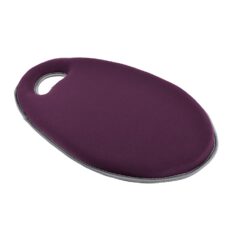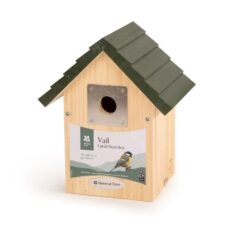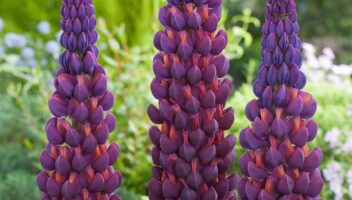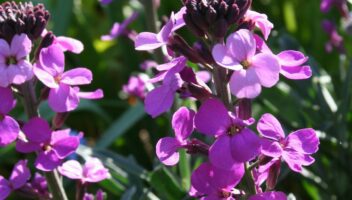Table of Contents
March is an exciting time in the garden, marking the transition from winter to spring. As daylight hours increase and temperatures gradually rise, plants begin to awaken, offering the first true signs of the new season. March is all about preparation, sowing seeds, planting new additions, and tackling essential maintenance tasks to ensure a thriving garden.
With spring just around the corner, now is the time to refresh your outdoor space, plan for future growth, and ensure your garden is bursting with colour and vitality. Whether you are tending to ornamental plants, cultivating fruit and vegetables, or caring for wildlife, this guide will provide you with everything you need to know for successful gardening in March.
What to Enjoy in Your Garden This March
What Flowers are in Bloom?
March welcomes a vibrant display of early spring blooms, bringing colour and life back to the garden. One of the most iconic sights of the season is the cheerful appearance of Narcissus (daffodils), their bright yellow and white petals symbolising the arrival of spring. These hardy bulbs flourish in borders, containers, and naturalised areas, adding a splash of sunshine to any garden.

Primula vulgaris (primroses) are another delightful feature of the March garden, their soft yellow blooms thriving in shaded areas under trees and shrubs. These perennials are ideal for woodland gardens and mixed beds, offering early-season nectar for pollinators such as bees and butterflies.
For a touch of elegance, Helleborus (hellebores), also known as Christmas roses, provide delicate flowers in shades of white, pink, purple, and green. These shade-loving perennials are perfect for adding winter-to-spring interest in flower beds and containers.
Crocuses are also making their presence known this month, emerging from the soil with their striking purple, yellow, and white petals. These low-growing bulbs are particularly beneficial for pollinators, as they provide an early source of nectar during a time when food is scarce.
Hillier Tip:
To extend the blooming period and keep your garden lively throughout early spring, plant a mix of early, mid, and late-flowering varieties of Narcissus (daffodils), Crocus, and Helleborus (hellebores). Group bulbs and perennials in drifts for a more natural look and choose spots with well-draining soil to prevent rot. Deadhead spent flowers to encourage prolonged blooming and ensure a strong display year after year.
Fantastic Foliage and Structural Plants
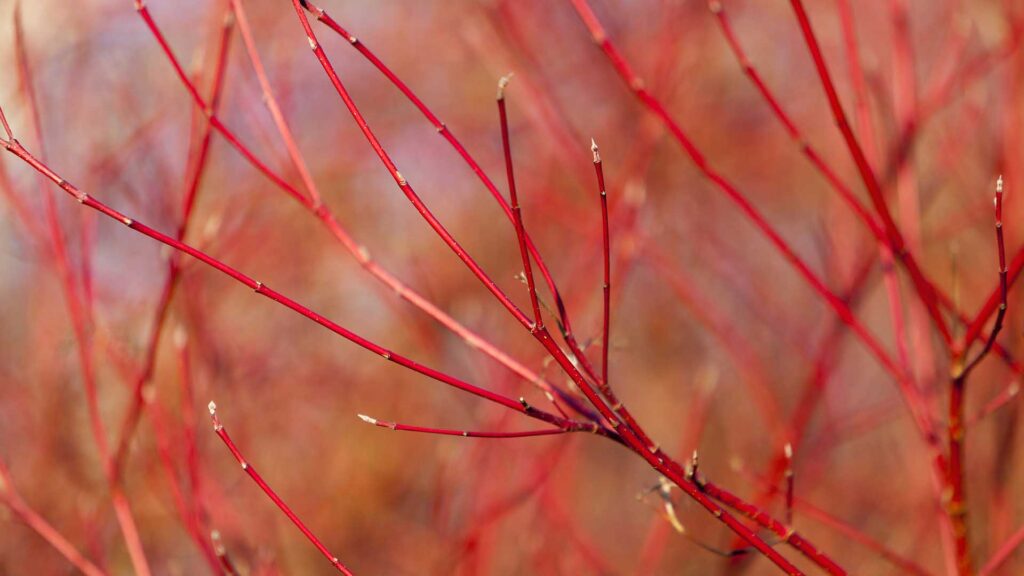
March is not just about flowers; it is also a great time to appreciate plants with striking foliage and strong structural qualities. Cornus alba (dogwood) is a standout feature in many gardens during late winter and early spring, thanks to its bold red stems that add colour and structure before new leaves emerge. This deciduous shrub is an excellent choice for winter interest and works well in mixed borders or as part of a wildlife-friendly hedge.
Another plant worth showcasing is Euphorbia amygdaloides (wood spurge), an evergreen perennial with glossy green leaves and striking lime-green flower bracts. This robust and low-maintenance plant thrives in shade and provides an attractive ground cover solution for underplanting trees and shrubs.
Heuchera (coral bells) are a fantastic addition to any garden, offering year-round interest with their vibrant foliage in shades of burgundy, lime green, and amber. These hardy perennials are ideal for adding texture and colour contrast to borders and containers.
Fruits and Berries
March is a promising month for fruit gardeners, with many fruiting plants beginning their growing cycle. Gooseberries start producing early flowers this month, which, if protected from late frosts, will lead to a rewarding summer harvest. These hardy bushes require little maintenance but appreciate a mulch of organic matter to retain moisture and suppress weeds.
Blueberries also begin to show signs of growth, with delicate white or pink flowers appearing on the branches. These acid-loving plants thrive in containers filled with ericaceous compost and will reward you with delicious antioxidant-rich berries in summer.
For those growing soft fruits, raspberries begin producing fresh canes in March. Autumn-fruiting raspberries should be pruned down to ground level now to encourage new growth, while summer-fruiting varieties will benefit from a mulch of compost or well-rotted manure around their base.
Hillier Tip:
Protect early blossoms on gooseberries and blueberries from unexpected frosts by covering plants with horticultural fleece on colder nights.
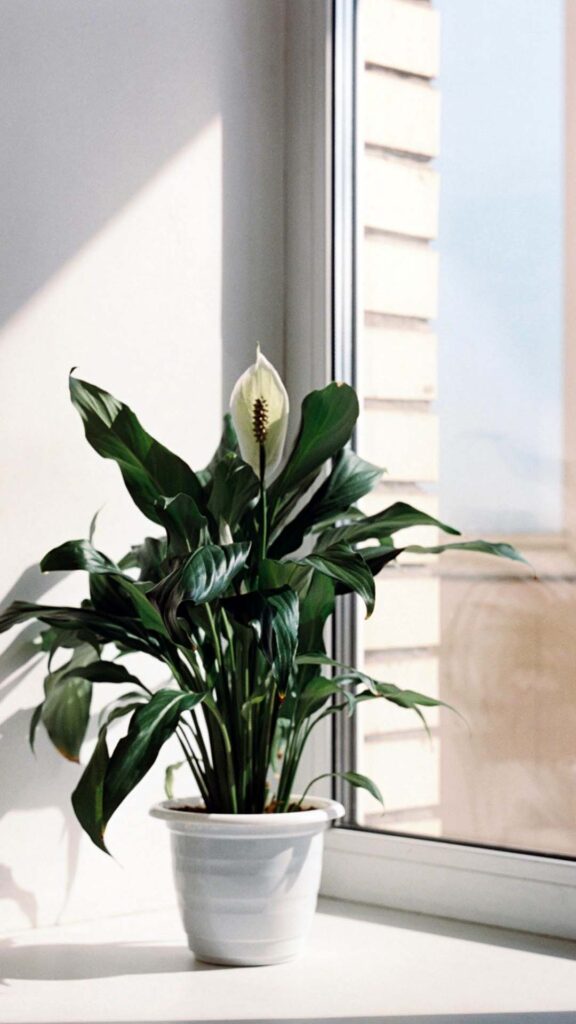
Indoor Plant Highlights
March is also a great time to pay attention to indoor plants, which help bring greenery and life into your home. Phalaenopsis (moth orchids) continue to bloom beautifully, provided they receive adequate light and humidity. These elegant flowers add a tropical touch to any space and are surprisingly low maintenance.
Spathiphyllum (peace lily) is another excellent indoor plant, renowned for its air-purifying properties and lush green foliage. By keeping the soil evenly moist and positioning it in indirect light, you can enjoy its elegant white blooms for weeks.
The striking Dracaena marginata (dragon tree) is an ideal houseplant for those looking to create a bold, architectural display. Its spiky, narrow leaves add an exotic touch to interiors, and it thrives with minimal watering and moderate light levels.
What to Plant in March
Instant Garden Impact
For those eager to see immediate results in their garden, March is an excellent time to plant hardy annuals and perennials that will quickly establish themselves. Viola (violets) continue to provide colour as they transition from winter into spring, brightening up beds, borders, and hanging baskets.
Bellis perennis (common daisy) is another fantastic choice, producing charming button-like flowers that thrive in cooler conditions. These robust plants can be used for edging pathways or planted in containers for an effortless cottage garden look.
Anemone blanda (winter windflower) adds splashes of vibrant blue, pink, and white, naturalising well in woodland settings and under deciduous trees.
Future Growth Planning
March is also an ideal time to sow seeds for plants that will provide beauty and interest later in the year. Sweet peas, for instance, can be sown in deep pots or root trainers indoors for planting out once the risk of frost has passed. These fragrant climbers will provide a spectacular summer display when trained up trellises or arches.
Hardy annuals such as calendula, larkspur (delphinium), and nigella can be sown now for summer flowering. Additionally, this is the perfect time to plant perennials like Rudbeckia (coneflowers), which will establish strong root systems before their summer blooming period.
What to Grow This March
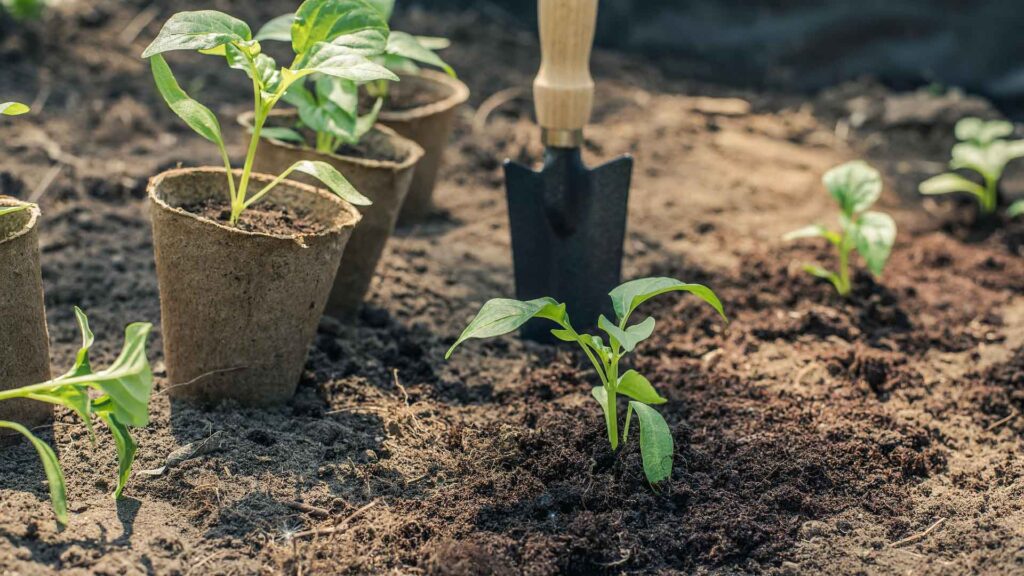
Seeds to Sow Indoors
March is the perfect time to start sowing seeds indoors, giving plants a head starts before they are moved outside later in spring. Tomato seeds, for example, benefit from being sown in warm conditions, ready for transplanting into greenhouses or outdoor beds once the risk of frost has passed. Similarly, peppers, aubergines, and chillies thrive when sown indoors now, requiring warmth and good light to establish healthy seedlings.
Early salad crops such as lettuce, rocket, and spinach can also be started indoors in trays or modules before hardening off and planting outside in a few weeks. Sowing herbs like basil, parsley, and coriander indoors ensures a fresh supply of fragrant leaves for culinary use later in the season.
Ready to Harvest
March marks the beginning of fresh homegrown harvests, with overwintered crops reaching their prime. Hardy greens such as kale, chard, and spinach are ready for picking, providing a nutritious addition to early spring meals. Leeks, left in the ground through winter, can still be harvested this month, offering a robust, earthy flavour to soups and stews. If you planted early rhubarb varieties, you may now enjoy the first tender stalks, perfect for crumbles and compotes. Regular harvesting encourages continued growth, ensuring a steady supply of fresh produce in the weeks ahead.
Gardening Tasks for March
Pruning Checklist
March is the perfect time to prune many plants as they emerge from dormancy. Cut back roses to encourage strong new growth, ensuring that you remove any dead, weak, or crossing stems to maintain an open shape that promotes air circulation. This reduces the risk of disease and ensures healthier blooms.
Late-flowering clematis should also be pruned now, cutting back stems to around 30cm from the base to encourage vigorous flowering later in the season. Similarly, ornamental grasses can be trimmed back to allow new shoots to emerge, while hydrangeas, benefit from a hard prune to promote larger flower heads in summer.
- Roses – Cut back bush and climbing roses, removing dead, weak, or crossing stems to encourage strong new growth and improve air circulation.
- Late-flowering clematis – Prune stems to around 30cm from the base to promote vigorous flowering later in the season.
- Ornamental grasses – Trim back dead foliage to ground level, making way for fresh new shoots.
- Hydrangeas – Remove old flower heads and prune stems to encourage larger, more abundant blooms in summer.
- Shrubs and perennials – Tidy up any winter-damaged stems to stimulate healthy regrowth and maintain shape.
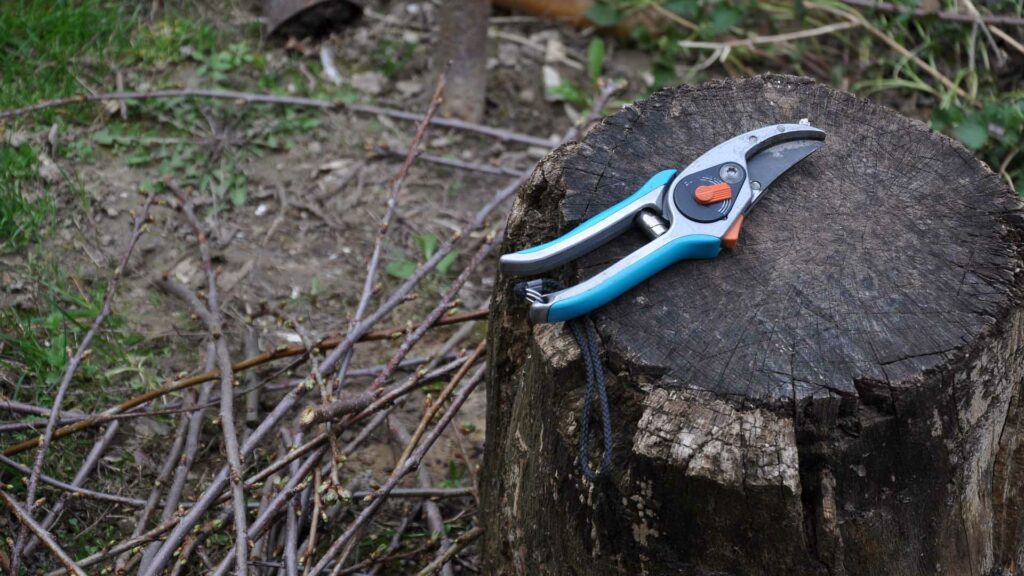
Transplanting Tips
Now is an excellent time to move shrubs or perennials to new locations before their active growth begins. If a plant has outgrown its current position or is struggling due to poor soil conditions or inadequate sunlight, relocating it now will give it the best chance to establish in a more suitable spot. Before transplanting, water the plant well to minimise stress and dig a wide enough hole to accommodate the root ball.
After replanting, apply a layer of mulch around the base to retain moisture and suppress weeds. Regular watering in the first few weeks after transplanting is essential to help the plant settle in quickly.
Weather Protection Advice
March weather can be unpredictable, with warm days followed by sudden cold snaps. Late frosts can still pose a risk to tender plants, so it is important to keep horticultural fleece or cloches handy to protect them overnight. Cover young seedlings and delicate perennials if frost is forecast and move potted plants to a more sheltered location where possible.
Additionally, applying a thick layer of organic mulch around the base of vulnerable plants can help insulate the roots from extreme temperature fluctuations. Keeping an eye on the weather forecast and acting accordingly can prevent damage and ensure continued healthy growth.
Lawn and Garden Care
March is the ideal time to rejuvenate your lawn after winter. Begin by scarifying the lawn to remove moss and thatch build-up, allowing better air circulation and encouraging new growth. Aerate compacted areas by using a garden fork or aerator tool to improve drainage and ensure the grass roots receive adequate oxygen. Applying a balanced lawn feed at this stage will promote strong root development and enhance overall lawn health. If you have bare patches, overseeding with a suitable grass seed mix will help restore lush, even coverage. Regular mowing should begin as the grass starts actively growing but keep blades on a higher setting initially to avoid stressing the lawn.
March is also a great time to tidy up garden beds by removing winter debris, cutting back dead foliage, and applying a layer of compost or well-rotted manure to enrich the soil. Mulching around perennials and shrubs will help retain moisture and suppress early weed growth, keeping your garden looking neat and prepared for the growing season ahead.

Supporting Birds and Wildlife in March
How to Attract Wildlife
Creating a wildlife-friendly garden in March helps support birds, bees, and other beneficial creatures as they emerge from winter. Planting nectar-rich flowers such as Pulmonaria (lungwort), Erysimum (wallflower), and Crocus provides an early food source for pollinators.
Additionally, native hedgerows featuring Crataegus monogyna (common hawthorn) and Prunus spinosa (blackthorn) offer shelter and nesting sites for birds. Leaving a section of your garden undisturbed with log piles or wildflower patches also encourages insects, which in turn attract birds and small mammals.
Feeding and Sheltering Tips
March can still bring cold snaps, so it is essential to provide food and shelter for garden visitors. Supplementing natural food sources with high-energy bird feed, such as sunflower hearts, suet balls, and mealworms, helps birds replenish their energy reserves. Providing clean water for drinking and bathing is also crucial, as natural sources may still be frozen or scarce. Installing bird boxes now will ensure they are available for nesting season, while log piles and compost heaps offer vital shelter for hedgehogs and amphibians.
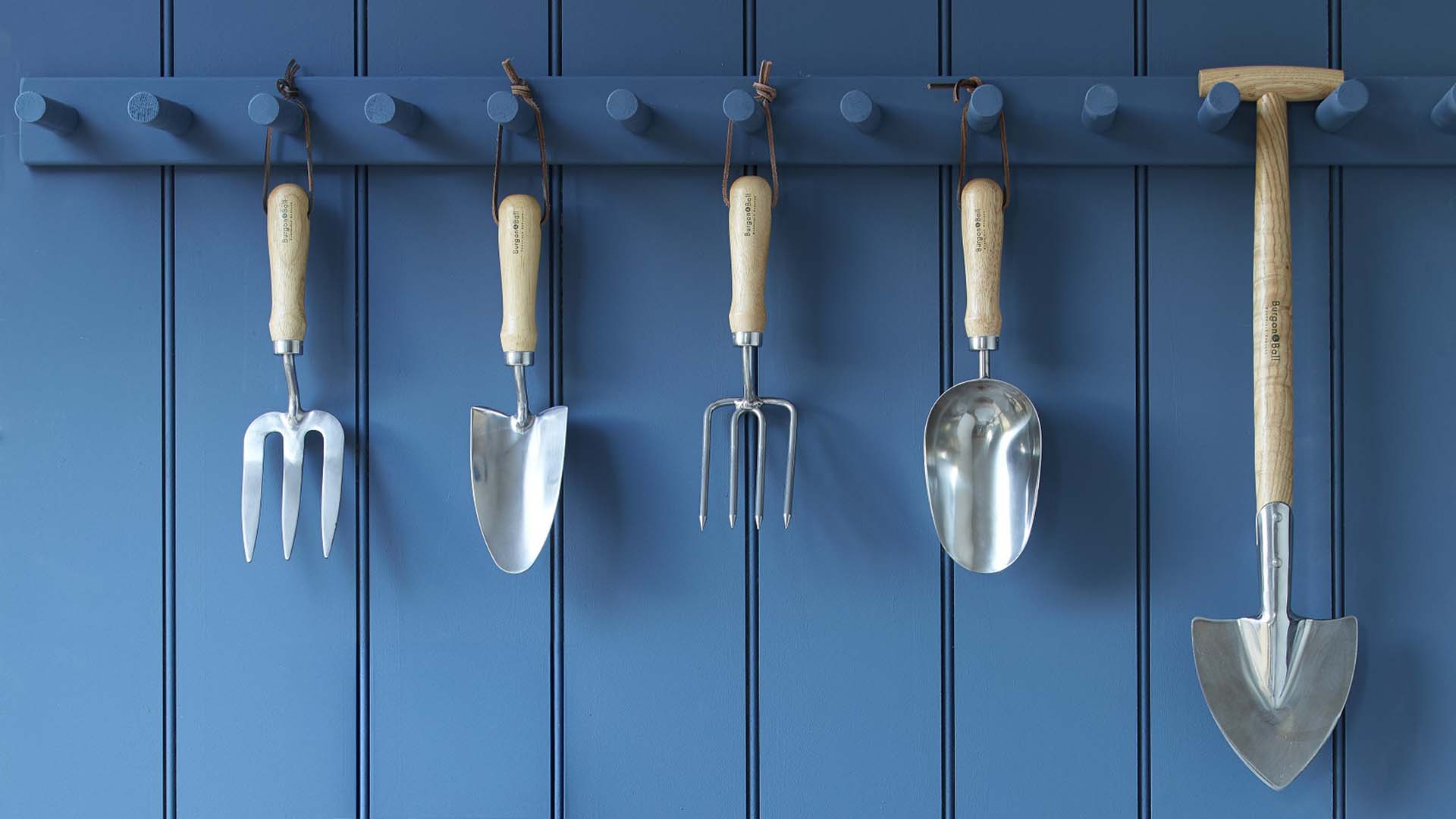
Monthly Gardening Tool Checklist
Pruning Essentials
Effective pruning is crucial in March, and having the right tools makes the task much easier. A sharp pair of bypass secateurs is essential for cutting back perennials and shaping shrubs, while loppers help tackle thicker branches. A pruning saw is invaluable for removing larger limbs from trees or overgrown bushes. Keeping tools clean and sharp not only improves efficiency but also prevents the spread of disease between plants.
Weather Protection Gear
Spring weather can be unpredictable, so investing in protective gear ensures plants stay safe from late frosts. Horticultural fleece is useful for covering delicate plants overnight, while cloches and cold frames provide protection for young seedlings. For added insulation, straw or bark mulch around plant bases helps retain warmth and moisture.
Other Handy Tools
- Garden Fork – Ideal for aerating compacted soil and preparing beds for planting, ensuring healthy root growth.
- Trowel – A sturdy trowel makes sowing seeds and transplanting seedlings effortless, providing precision and ease.
- Kneeling Pad – Offers comfort and reduces strain during prolonged weeding and planting sessions.
- Rain Gauge – Helps monitor precipitation levels, preventing both overwatering and underwatering of plants.
Hillier Tip:
Regularly clean and store tools properly to extend their lifespan. Rinse soil from forks and trowels after use, dry thoroughly, and store in a dry place to prevent rust.
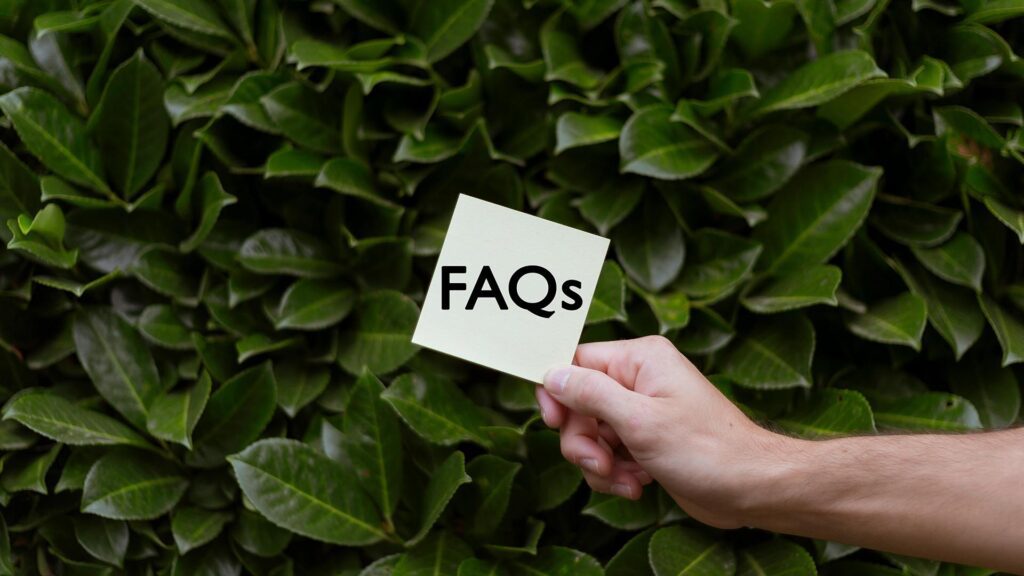
Frequently Asked Questions
1. What flowers bloom in March?
March welcomes a vibrant array of spring blooms, including Narcissus (daffodils), Primula vulgaris (primroses), Crocus, and Helleborus (hellebores). These flowers bring colour and life back to the garden, supporting early pollinators as they emerge.
2. Can I start sowing seeds outdoors in March?
Yes, hardy vegetables such as carrots, beetroot, parsnips, and peas can be sown directly into the ground. Ensure the soil is workable and not too wet. For more tender crops, such as tomatoes and chillies, continue sowing indoors until the risk of frost has passed.
3. How do I prepare my garden for spring growth?
March is the time to clear debris, remove weeds, and enrich soil with well-rotted compost or manure. Aerating compacted soil with a garden fork will improve drainage and root growth, setting the stage for a productive season.
4. What fruit can I plant in March?
Bare-root fruit bushes such as raspberries, gooseberries, currants, and blueberries can be planted now. Ensure blueberries are in ericaceous compost if growing in containers, as they prefer acidic soil.
5. Should I prune in March?
Yes, March is ideal for pruning certain plants. Focus on:
- Roses – Cut back to encourage healthy growth.
- Late-flowering clematis – Prune to 30cm above ground for strong blooms.
- Hydrangeas – Remove old flower heads for larger summer blooms.
- Ornamental grasses – Trim back dead foliage to allow fresh shoots to emerge.
6. How can I support wildlife in March?
Leave some garden areas undisturbed to provide shelter for insects and small mammals. Plant nectar-rich flowers like primroses and hellebores to support early pollinators. Keep bird feeders stocked and provide fresh water for wildlife.
7. How do I protect young plants from late frosts?
Use horticultural fleece, cloches, or cold frames to shield delicate plants on chilly nights. If growing in containers, move pots to a sheltered spot or against a warm wall for added protection.
8. What vegetables can I harvest in March?
Overwintered crops such as kale, spinach, leeks, and chard are ready for picking. Early rhubarb can also be harvested if forced under a cloche or traditional forcing pot. Regular harvesting encourages continued growth.




